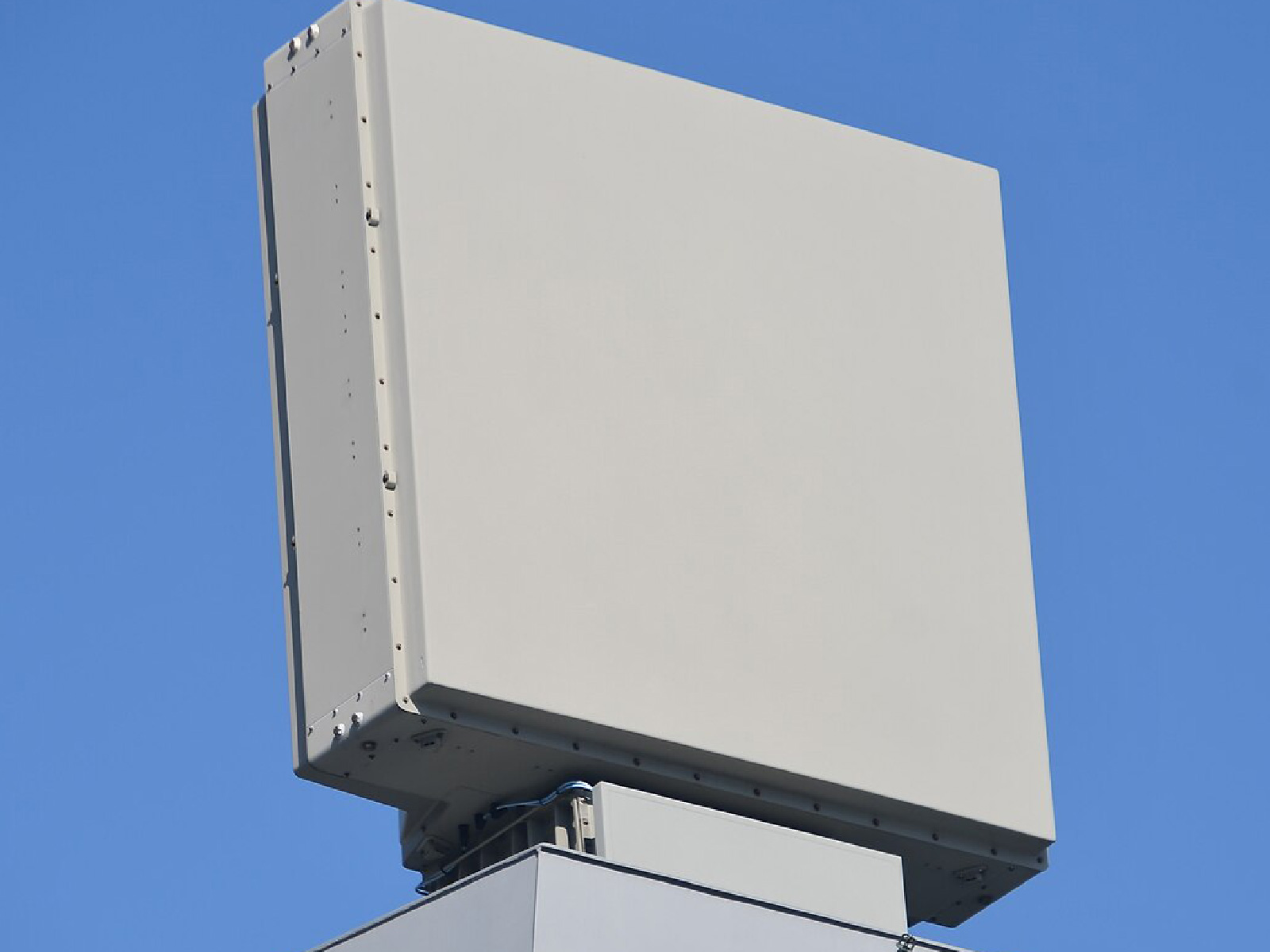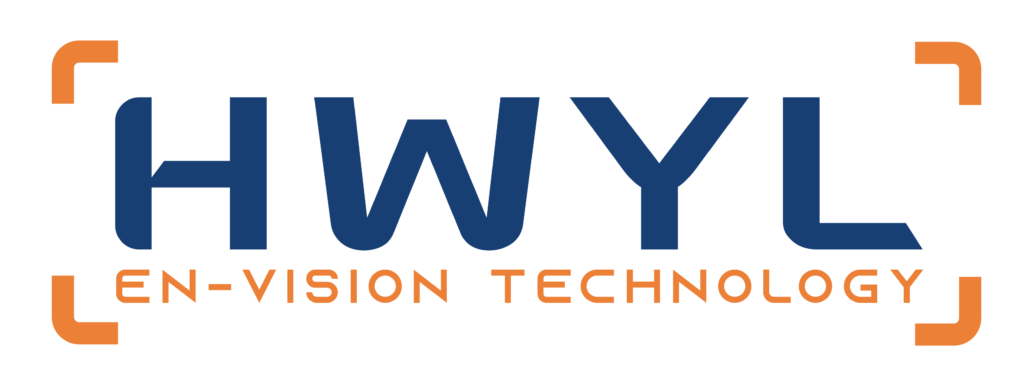
Long-Range Ground-Based Surveillance Systems: Key Technologies Explained
In today’s world, securing wide and open areas such as borders, coastlines, airports, and energy facilities is more challenging than ever. Threats can emerge at long distances, often before they are visible to the naked eye. To stay ahead, organizations are increasingly relying on long-range ground-based surveillance systems, integrated solutions that bring together multiple technologies to provide continuous, accurate monitoring day and night, in all weather conditions.
At the heart of these systems are five critical components: electro-optical (EO) cameras, infrared (IR) cameras, laser range finders (LRF), radar systems, and pan-tilt positioners. Each plays a unique role, and together, they create a powerful multi-sensor surveillance solution.
Why Long-Range Surveillance Matters
Wide-area surveillance is never simple. A single border fence can stretch hundreds of kilometres, a coastal area might face harsh fog, salt spray, and unpredictable weather. Relying on one type of sensor is not enough, cameras may struggle at night, radar may have difficulty identifying objects, and lasers alone cannot scan large areas.
That’s why long-range systems integrate complementary technologies, ensuring early detection, clear identification, and precise tracking. This multi-sensor approach allows security teams to act faster, reduce false alarms, and operate more efficiently.
Core Components of Long-Range Ground-Based Surveillance Systems
1. Electro-Optical (EO) Cameras
Electro-optical cameras are high-resolution imaging systems designed to deliver crisp visuals in daylight and well-lit environments. With powerful optical zoom lenses, they can capture details of vehicles, vessels, or individuals from several kilometers away. These cameras are vital when positive identification of a target is needed, such as distinguishing between a civilian vehicle and a potential threat.
2. Infrared (IR) Cameras
Infrared, or thermal imaging cameras, detect heat signatures rather than visible light, making them indispensable for nighttime or low-visibility conditions. Unlike EO cameras, they can see through fog, smoke, and dust, revealing heat-emitting objects such as humans or vehicles. This capability ensures uninterrupted surveillance around the clock, extending operational awareness far beyond the limitations of daylight.
IR cameras generally fall into three categories based on wavelength:
- SWIR (Short-Wave Infrared): Useful for imaging through glass and certain atmospheric conditions, often applied in specialized surveillance or laser detection.
- MWIR (Mid-Wave Infrared): Provides high sensitivity for medium- to long-range detection, especially effective in humid environments.
- LWIR (Long-Wave Infrared): The most common for thermal imaging, well-suited for long-range detection and reliable performance in varied weather conditions.
By selecting the right IR type for the mission, operators can ensure optimal performance across different ranges and environments.
3. Laser Range Finder (LRF)
A laser range finder works by sending out an invisible laser pulse and measuring the time it takes to bounce back from a target. When combined with EO and IR cameras, it provides not just a visual confirmation but also the exact distance to the object being monitored. This allows operators to make quick, accurate decisions on whether the detected object is a harmless passerby or a potential threat moving dangerously close.
4. Radar Systems
Radar is the long-range “first responder” in surveillance. By transmitting radio waves and analyzing their reflections, radar systems detect moving targets at distances often well beyond what cameras can see. They are invaluable in wide-area monitoring because they work reliably in rain, fog, and other challenging weather conditions. Once a radar identifies movement, it directs the cameras to zoom in for closer inspection, creating an effective layered detection system.
5. Pan-Tilt Positioners
Pan-tilt positioners are the mechanical foundation of a surveillance system, enabling cameras and sensors to move with precision. These motorized mounts rotate horizontally (pan) and vertically (tilt), allowing them to cover vast areas or automatically follow targets as they move. They are built to handle heavy payloads like EO/IR camera combinations and LRFs, making them essential for both fixed installations and mobile platforms such as towers and vehicles.
How These Technologies Work Together
A typical surveillance workflow looks like this: radar scans the environment and detects movement at long range. A pan-tilt positioner then slews the EO/IR camera system toward the detected target. The EO camera captures high-definition images for daytime clarity, while the IR camera confirms the target at night or in poor visibility. Finally, the LRF measures the exact distance, giving operators complete situational awareness. Together, these elements create a multi-sensor system that ensures early detection, accurate identification, and precise tracking.
Applications of Long-Range Ground-Based Surveillance
1. Border and Coastal Security
Long-range surveillance systems are heavily deployed along international borders and coastlines to detect illegal crossings, human trafficking, and smuggling activities. By combining radar with EO/IR cameras, authorities can identify threats long before they reach restricted areas, even at night or in poor weather conditions.
2. Critical Infrastructure Protection
Airports, seaports, oil refineries, and power plants are prime targets for sabotage or unauthorized access. Ground-based surveillance systems provide wide-area monitoring, enabling operators to spot intruders approaching from kilometers away and respond before any damage occurs. This proactive defense is essential for ensuring operational safety and continuity.
3. Military Perimeter Defence
Military bases and forward-operating sites often face potential threats from enemy reconnaissance or hostile incursions. Long-range multi-sensor systems allow early detection of suspicious movement, giving forces valuable time to prepare and respond. The ability to track and identify threats from afar adds a vital layer of security to military installations.
4. Civilian Applications
Outside defence and security, these systems also serve important civilian roles. They can monitor vast forest areas to detect wildfires early, track wildlife populations for conservation, and provide safety oversight in remote industrial or mining operations. Their ability to function continuously and in all conditions makes them highly adaptable to non-military needs.
The Future of Long-Range Surveillance
Surveillance technology is advancing quickly, with AI taking the lead in automating detection and reducing false alarms. Pan-tilt systems are becoming smarter with predictive tracking, while sensor fusion is combining radar, cameras, and AI into unified platforms. These innovations will make long-range surveillance more accurate, reliable, and efficient in the years ahead.
Conclusion
Long-range ground-based surveillance systems are built on five essential technologies: EO cameras, IR cameras, laser range finders, radar systems, and pan-tilt positioners. Each brings unique strengths, but their real power lies in how they work together to provide comprehensive, 24/7 security. In a world where threats are unpredictable and distances vast, integrated long-range surveillance isn’t just a technological advancement, it’s a necessity for ensuring safety and security.
